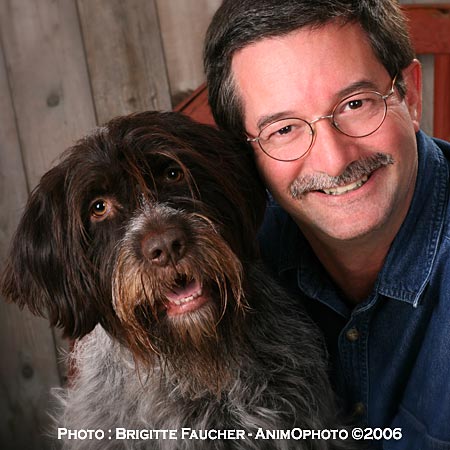
 |
||||
First Eastern North American Slope Race
Leclercville june 8th 1996(Français)
Étienne Dorig 's Sparrow in action Here is a short report of the first official slope race held in the east of North America, more precisely at Leclercville, province of Quebec. The sky was overcast, rather cold (60oF) and windy. Ideally the wind must blow from NW to offer adequate lift conditions at Leclercville. The wind was NE and at times SE?? On our arrival, around 9H30, Dave Garwood et Tom Atwood, were already there. Dave and Tom, both from New York region, are what may be qualified of R/C slope nuts because they rode more than 20 hours by car to assist at this "premiere". By the way, Tom is Model Airplane News Magazine editor and Dave often writes articles in this magazine as well as many others. Many others sailplane maniacs met us there: Étienne Dorig, the slope race event organizer, Daniel Vézina, Larry Marshal, René Dion et M. Simard from Québec region ; Alex Wenzl, Michel Haworth, Daniel Mc Crae, from Montréal region; Sal DeFrancesco from Vermont (Northeast Sailplane); Dany Lemay and his friend from Shawinigan. While we were waiting for the wind to settle in the right direction, Dave Garwood launches his Climax and amazes us with the height he is able to throw it. We were also amazed by the fact that it was possible to fly this type of plane in a such small field sprinkled with trees and posts. Alex flew, for the first time, a small electroslot type electric glider (speed 400). It flew to a speck even in a relatively good wind.
Dave Garwood's Climax
Discussions, consultations relative to weather forecasting, analysis of the situation, Étienne and Daniel Mc Crae did a "reconnaissance" to try find a slope facing NE because wind seemed to adopt this direction for the hours to come. On their way back, Daniel saw, in his rearview mirror, a man picking sailplane parts on the road!!! Strange, strange. Another R/C sailplane nut? Hell no, the parts were spilling from his car top carrier. Bad luck that rapidly turn to good luck as the man who was picking sailplane parts (that were intact by the way) was the welcoming landlord of a beautiful slope facing NE. The wind is light but the hundred feet slope is efficient and generates good lift. Dave throws his Coyote (Dynaflite) and it flies. Sal and many others rapidly join him. It is the maiden slope fly for Michel Hayworth. He is delighted, he even thinks there is too much lift.
Dave Garwood's Coyote in a roll near the slope
Till lunch time we fly freely and around 13h30, Étienne announced the race's beginning. We had 3 heats before wind fell so much that it was insufficient to sustain our gliders. Alex, Dave, Sal and Daniel McCrae hand-launches were quickly thrown in action.
Some racing action
Dave Garwood using a novel way to fetch his treed Coyote
Sal DeFrancesco catching his great flying Super Corndogger
Dave Garwood catching his Climax
Around 16h the very light wind shifted to NW. Those who still wanted to fly returned to "leclercville Classic" hoping there was sufficient lift there to fly. The wind was almost nil, the lift was imperceptible. What the heck, the bolder threw their hand-launches to test lift. We think they are very bold because with the high tide, even if water is not deep, it is very cold. HLGs float like butterflies in formation, a few feet from us on the slope. This is a magical moment and experts dont understand how it is possible to fly in so light lift. Alex, Étienne, Louis Cimon, Dave, Sal and Daniel McCrae planes chase one another and compete informally to find who can get the highest altitude. Sal uses the expression "Magic Bowl" to describe the phenomenon that we observe at this magnificent site.
The magic of HLGs riding an imperceptible breeze in the sunset.
The last flight is done by Daniel McCrae's electric sailplane, Calypso 80". It is a 3 axis plane powered by a simple speed geared 600 on 8 cells. After having ingested an altimeter watch, ÊCalypso takes off, gaining 230 meters. With a RG15 wing, it flies fast and lands equally fast even with it's spoilerons. If the wind blew harder and did not die out, we would have been just happier but we met interesting people and we learned new things. We saw how much fun was possible with HLG, the possibilities to fly in restricted places and in very light lift. So we decided to invest in this type of sailplane: André is building a HLG and Louis will refine his Chup by building a lighter wing.
André La Rochelle and Louis Cimon Web page design, Gilles Carpentier August, 16, 1996 |